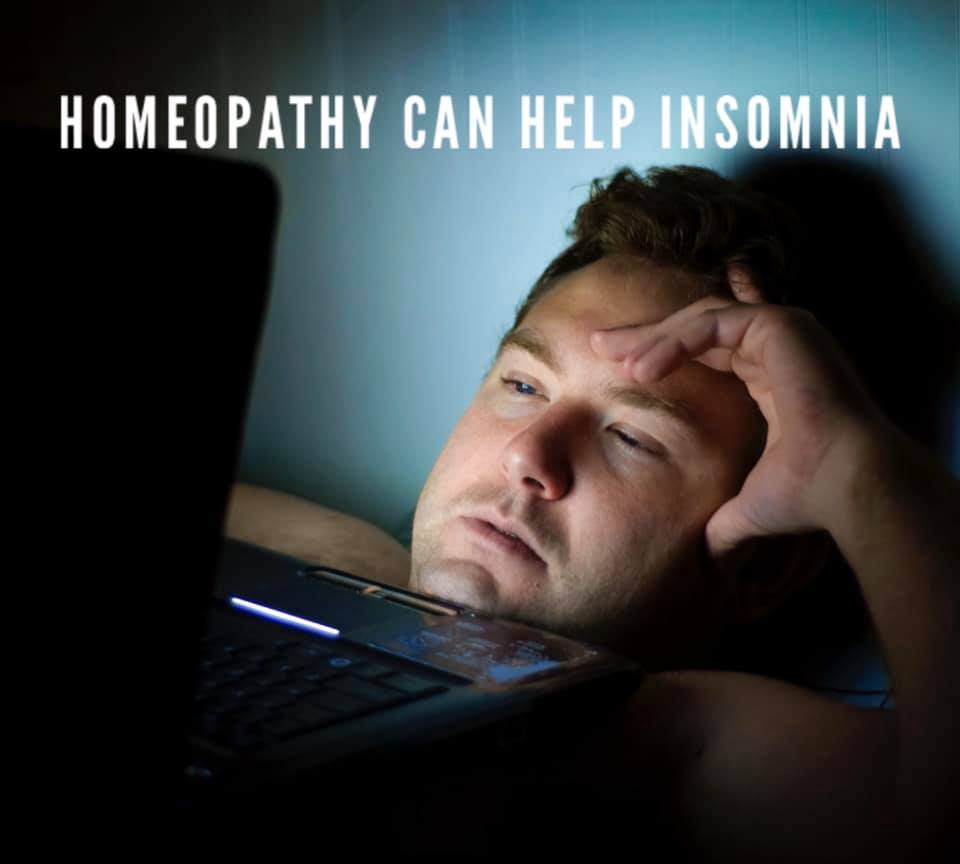

Luckily, many people experience fewer side effects with continued use.Ĭhildren who lose their appetites while taking Adderall may grow more slowly since they’re taking in fewer nutrients. problems getting to sleep or staying asleep.By boosting certain chemicals in your brain, it can make it easier for you to stay calm and focused.īut with the good also comes a long list of potential side effects, including: How Adderall affects your brain Common side effectsĪdderall is a central nervous system stimulant. Doing so could make it hard for you to catch much-needed Zzz’s. Regardless of which form you’re prescribed, it’s important to avoid taking Adderall in the late afternoon or evening. Its active ingredients are released in your body throughout the day, so only one dose is necessary. There’s also Adderall XR, an extended-release capsule. The remaining tablets should be taken 4 to 6 hours later (or as needed). The first should be taken in the morning. If you’re prescribed a tablet, your doctor will likely recommend one to three doses a day. Adderall comes in two different forms, which affect your dosage amount and frequency. Once you get a prescription, it’s also important to follow a regimen. Certain preexisting conditions and medications may not be compatible with the drug. It’s important to be up-front with your doctor about your health history - mental and physical - when discussing Adderall. Stimulants are commonly used to treat ADHD, but this class of medication can have serious side effects and should only be taken with medical supervision. Since it can reduce daytime sleepiness, Adderall is also an FDA-approved treatment for narcolepsy. ADHD can cause higher-than-average levels of hyperactive, impulsive, and inattentive behavior.Īdderall helps manage these behaviors by improving concentration and focus. 2021 doi:10.5664/ to 80 percent of kids with attention deficit hyperactivity disorder (ADHD) see improvement of symptoms when they take a stimulant like Adderall. Treatment of central disorders of hypersomnolence: An American Academy of Sleep Medicine clinical practice guideline. Hypersomnia evaluation, treatment and social and economic aspects. Idiopathic hypersomnia and hypersomnolence disorder: A systematic review of the literature. Efficacy and safety of modafinil in patients with idiopathic hypersomnia without long sleep time: A multicenter, randomized, double-blind, placebo-controlled, parallel-group comparison study. Practice parameters for clinical use of the multiple sleep latency test and the maintenance of wakefulness test. Safety and efficacy of lower-sodium oxybate in adults with idiopathic hypersomnia: A phase 3, placebo-controlled, double-blind, randomized withdrawal study. Idiopathic hypersomnia and other hypersomnia syndromes. Genetic and Rare Diseases Information Center. This test is generally conducted the day after a polysomnogram. You are given multiple daytime nap opportunities and during these naps, measurements show the types and stages of sleep you go through. A polysomnogram monitors your brain activity, eye movements, leg movements, heart rate, breathing functions and oxygen levels as you sleep. In this test, you stay in a sleep center overnight.

You log your daily sleep and wake times to help show your sleep patterns and how much you sleep. Your provider may ask you to keep a sleep diary. Your health care provider may ask you to rate your sleepiness with this tool to help determine how sleep affects your daily life. These may also help diagnose idiopathic hypersomnia: For a diagnosis of idiopathic hypersomnia, you must have experienced daily excessive sleepiness for at least three months. It's important to discuss your family history and what medicines you're taking.


 0 kommentar(er)
0 kommentar(er)
